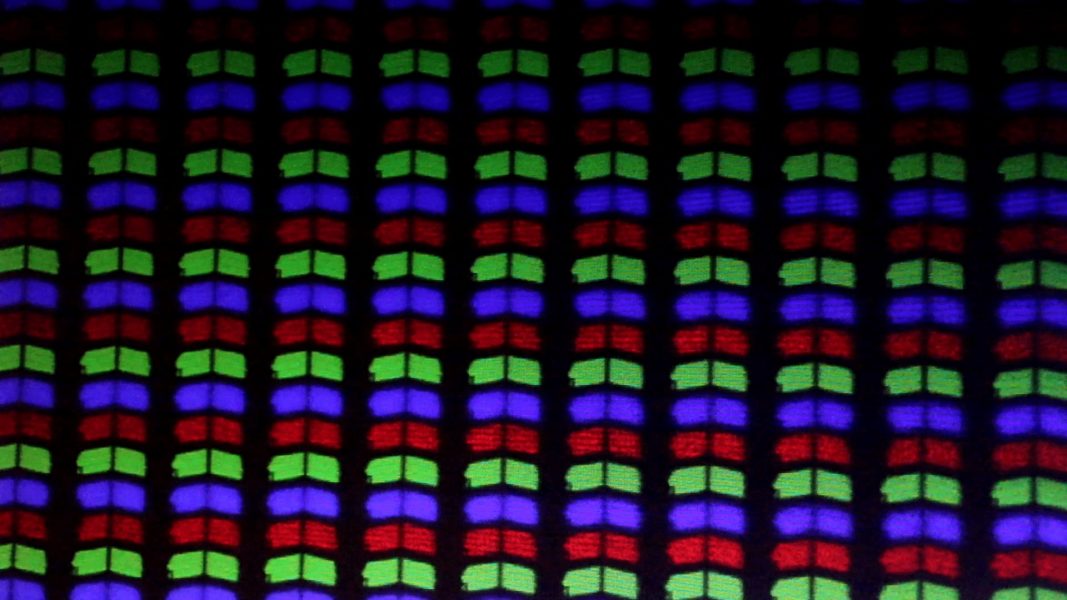Advanced light-emitting devices are vital for the future of computing and communication technologies. Two-dimensional (2D) transition metal dichalcogenides (TMDs) are attractive candidates for realizing extremely compact light-emitting devices with a variety of advanced photonic functionalities.
In Advanced Materials, Prof. Goki Eda and colleagues from the National University of Singapore review various strategies to achieving excitonic electroluminescence in 2D TMDs and discuss current challenges and the outlook for future research.
Prof. Goki Eda: “2D TMDs exhibit unique optical properties that are not seen in conventional semiconductors. For example, they can be made to emit chiral light with desired helicity by addressing their valley degree of freedom. They are also known to emit non-classical photons at cryogenic temperatures.
The standard way to achieve electroluminescence is by injecting electrons and holes into the material. The carriers form excitons and eventually recombine, emitting a photon at some probability. There are also other ways of electrically generating excitons such as by impact ionization.
There are some fundamental mechanisms that limit the performance of the devices. Exciton–exciton annihilation is one such example. We believe that managing the exciton decay dynamics, for example by integrating the material into a photonic cavity, will be key to achieving high-performance devices.”
To find out more about excitonic electroluminescent 2D semiconducting TMDs, please visit the Advanced Materials homepage.

















